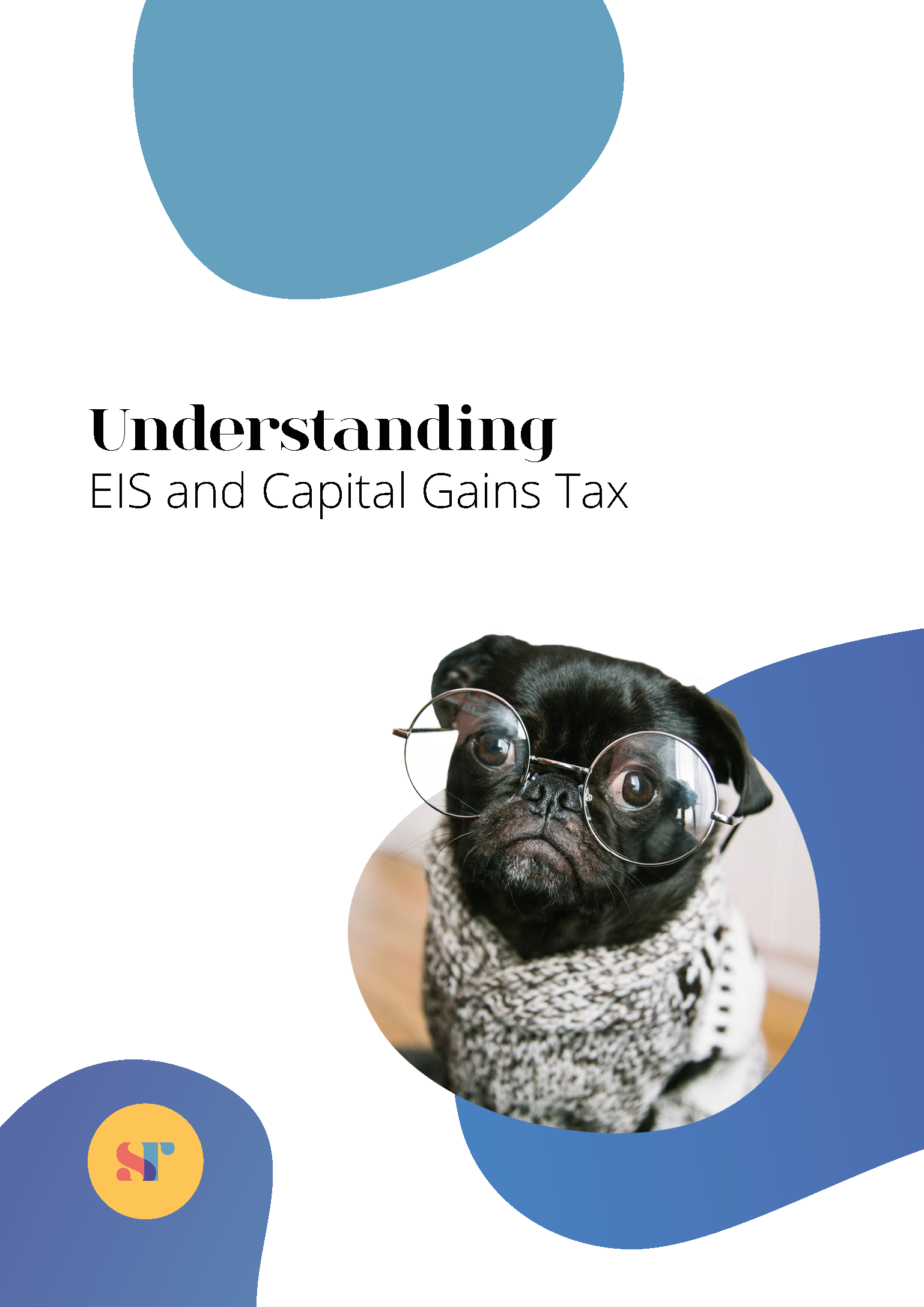Why is deployment method important?
Because it will have an impact on your tax reliefs, the diversification of your portfolio and the value at which your portfolio is constructed.
There are two typical deployment models; the evergreen model and the tranche model. There are pros and cons to both and it is important to weigh up what is right for you.
The tranche model
This is the approach used by most investment managers. They will announce a fundraise and a close date, and any funds and applications received during this time will form part of that particular tranche. Each investor in this tranche will get an identical portfolio of companies.
Investment managers will normally look to deploy this within a six month period. They will however usually only begin to deploy this once the tranche ahead of it has been deployed. This can cause a significant delay to deployment, during which time the money will be sat as undeployed cash.
Pros
In some cases deployment can be quicker.
Identical portfolios for all investors means easier management.
Cons
Typically more concentrated, so smaller portfolios
Investors have to wait for the tranche ahead to be deployed this can cause a significant deployment lag.
Pressure on investment managers to deploy, given the tranche tail, so potentially decisions made in haste.
Deployed in a concentrated time frame, so the benefit of pound cost averaging is reduced.
Can be more sector concentrated - what is hot during deployment time?
The evergreen model
This approach means that the EIS fund is always open for investment. When investors submit their application and funds they will begin investing into the next available EIS companies. Think of it like joining a slip road onto the motorway, you will just slip into the current deal flow rather than having to wait for your turn.
Pros
You join the existing deal flow straight away.
Less pressure on deployment
Benefit from pound cost averaging
Typically build a bigger more diversified portfolio.
Cons
Overall deployment usually takes 12–15 months.
Deployment likely to span two tax years
All portfolios are different depending on investment timing.
Important questions to ask providers
- What method do you use for deployment?
For investment managers who use the Tranche model:
Why do you use this model?
How long do you expect it to take before you start deploying this tranche?
What is the target number of companies for this tranche of EIS?
How do you manage sector concentration risk when deploying?
For investment managers who use the Evergreen model
Why do you use this model?
What is your current rate of deployment?
How many companies will be in my portfolio?
How long do you expect deployment to take?
To find out more about how the Access EIS Fund can work for you or your clients. Use the button below to schedule a call with our expert, Ben Charrington.
Get your free guide to EIS and capital gains tax

Manage your capital gains with EIS.
The Enterprise Investment Scheme offers investors significant tax reliefs which range from income tax relief to capital gains tax (CGT) deferral and disposal relief. If you want to get up to speed on EIS CGT deferral rules, the CGT deferral relief time limit and more, download our free guide to how the capital gains tax reliefs work, how to claim them and how to get started as an EIS investor.
Register to learn
more about our data,
fund and venture capital


